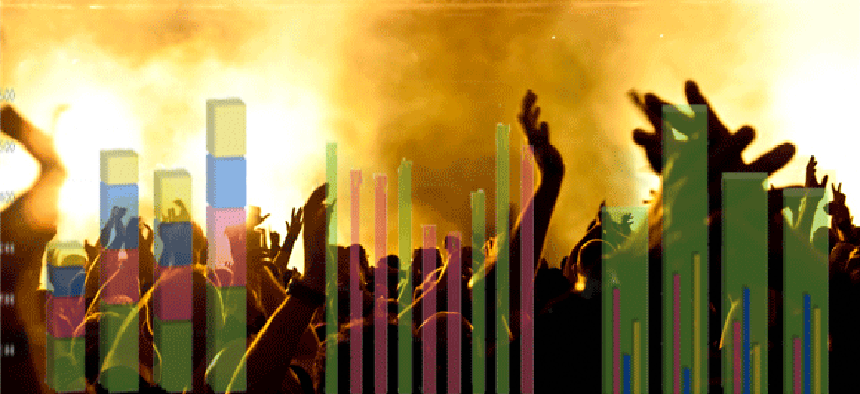5 ways to find out what social media followers are trying to tell you


Connecting state and local government leaders
Once agencies launch initiatives on Twitter, Facebook and other platforms, they need to establish metrics to measure how well they're performing.
The federal government is an uneven adopter of digital media technologies, according to a report by the Partnership for Public Service and Booz Allen Hamilton. Nearly a decade into the social media revolution, the study noted, some agencies still prohibit their employees from accessing social media sites.
Yet “pockets of excellence” in the roll-out of government social media programs can be found, the study said, citing the State Department’s English Language app, which provides language instruction via mobile phone, and the Energy Department’s Powerpedia site, which facilitates employee project brainstorming.
These organizations are further down the the social media path than most. But now that they’ve worked out how to launch a popular program, they should start to focus on what the social data generated by these apps is saying about how well the agency is doing its job.
“Social media in government increasingly requires accurate, targeted performance analysis to ensure we’re taking full advantage of these tools to deliver better service and engage with our customers,” says the HowTo.gov website managed by the General Services Administration’s Office of Citizen Services and Innovative Technologies.
To help accomplish that, the Federal Social Media Community of Practice, a group of about 200 federal social media managers, has recommended a set of baseline metrics for agencies to measure how well agency social media projects are performing against their goals. Here are tactics and tools for 5 key metrics:
1. Community size. Begin to chart size and growth of your social media community using analytics tools offered by the main social media platforms. “It's often assumed more followers are indicative of a more effective strategy, however this metric must be considered in context of other measures,” GSA says. Google Analytics, for example, can measure the depth of an agencies’ social media following by tracking how much time visitors spend on a site or how many desired actions they accomplish during a visit.
2. Direct engagement. Agencies can measure user satisfaction by collecting data on how users respond to questions answered through social media. Tools such as Hootsuite, Google +’s Ripples and Facebook Insights can be used to identify trends in what agency actions produce greater responses and in general what its social media community values.
3. Loyalty measures. Google Analytics and similar social media tools can be used to track how many community members are returning to websites via which social media channels. “While not a complete approach to analysis since this measures loyalty through social conversions to websites, it begins to unlock this key data for agencies,” according to GSA.
4. Citizen experience. A number of free tools are available to collect basic sentiment analysis on what is being shared about programs. A number of paid tools also are being used by federal agencies, including Topsy and Radian6, which offer more in-depth analysis of trends the user community values.
5. Campaigns. The use of activities such as a Twitter Townhall or Google Hangout can be used to analyze community responsiveness to specific programs and agency tactics, as well as what the social media community values or responds to.
Altogether, the goal of the Federal Social Media Community of Practice is to develop a common set of metrics across all executive branch agencies as well as common terms to describe its work. “The aim is to move beyond obscure results of social media activities towards more sophisticated and more accurate assessments, leading to better informed decision-making,” GSA says.

NEXT STORY: Samsung adds feature to separate work, personal data on smart phones




